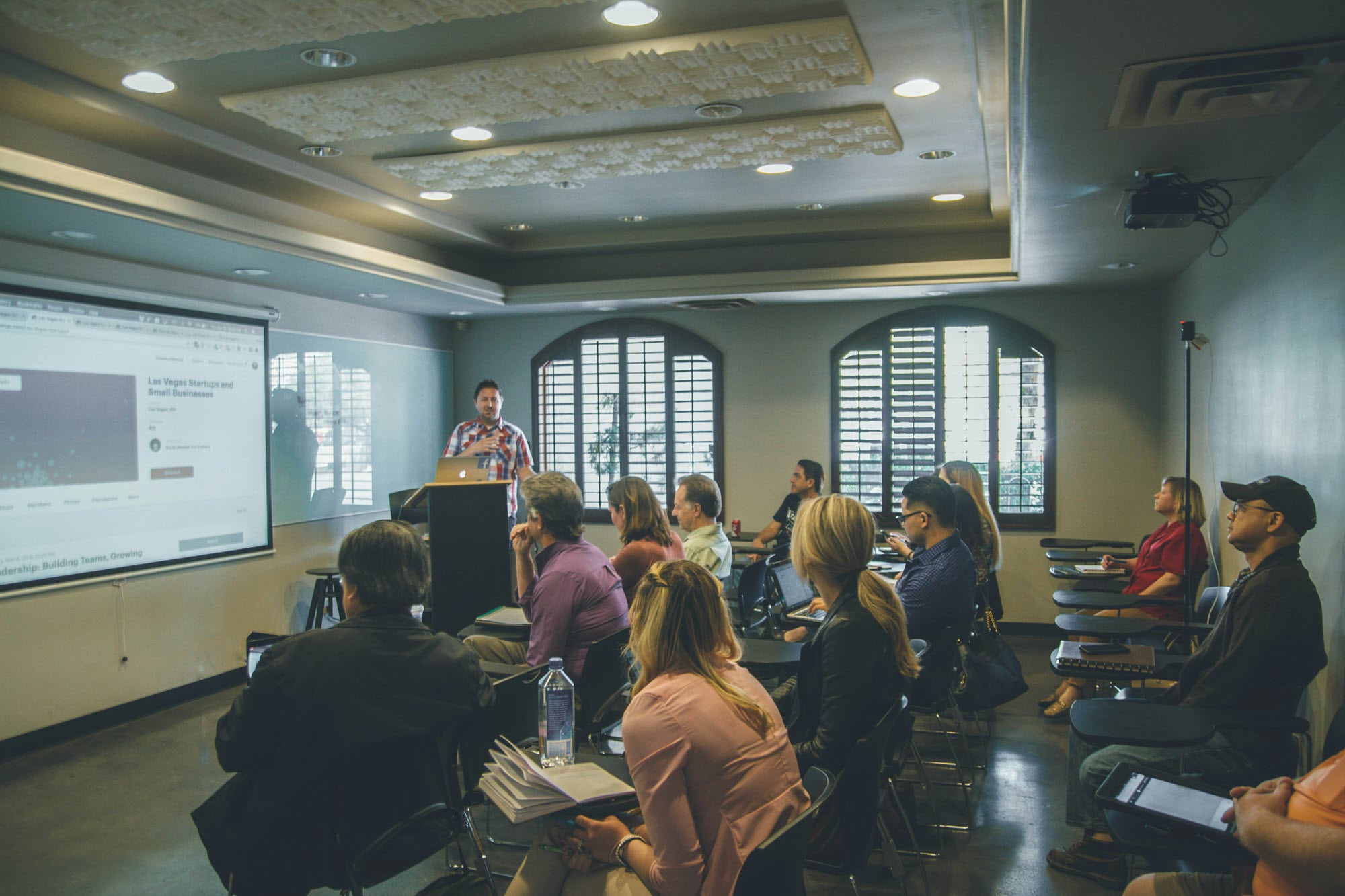
“Civil engineering is about people,” said Nils Gransberg, Ph.D., DBIA, A.M.ASCE, when asked what is most fulfilling about being a teacher.
At its very core, civil engineering is focused on providing people with “the things that we need to be able to live,” such as water, shelter, and sanitation. While plenty of a civil engineer’s time is spent on technical aspects, a large portion of it is spent talking with other people, Gransberg said.
Teaching is a reflection of these interactions.
As an instructor for ASCE’s Continuing Education program, Gransberg helps both new and established civil engineers enhance their knowledge and learn new skills.
The classic education path begins with grade school, then undergraduate school, and maybe graduate school and beyond. What makes an education, though, are the teachers guiding students through their journeys.
ASCE’s Continuing Education program offers civil engineers a way to expand on that path and stay up to date on new developments in the field. Like school, the success of these programs would not be possible without the teachers taking the time to share their knowledge.
Civil Engineering Source recently spoke with several ASCE Continuing Education instructors about what both they and their students gain from participating in these programs. One theme that emerged from these conversations is the importance of going beyond the educational materials and building connections with the students themselves.
A two-way street
Mohamad Hussein, P.E., M.ASCE, executive vice president, principal engineer, and partner at GRL Engineers Inc., highlighted “the rigorous interaction and thoughtful discussions with the class members” as one of the most fulfilling parts of his teaching pursuits.
These conversations are not dominated by one side, considering the contributions of both instructors and students, “since each may add more information based on their own thoughts and disposition regarding a specific technical point, theory, or application based on real-life cases and projects.”
Naresh Samtani, Ph.D., P.E., BC.GE, F.ASCE, owner and president of NCS GeoResources, LLC, uses “open-mic sessions” as a way to “foster free interaction” with his students.
He begins these sessions by asking students a simple, open-ended question, and lets students jump into the conversation. He also conducts polls after each topic to assess how students are learning.
Fostering this open environment doesn’t just help students – it also keeps instructors on their toes.
“As an instructor, one must always be up to date on the latest advancements, improvements, developments, and technology, which in itself is personally and professionally fulfilling,” said Hussein.
Samtani highlighted his own continued learning as a fulfilling aspect of teaching continuing education courses.
“Teaching requires me to keep up with the latest industry changes, and interacting with fellow professionals helps me learn,” he said.
Similarly, Gransberg sees the ideas of students as something he himself can learn from.
“I also just enjoy getting to talk to people who have a similar interest in civil engineering, construction management, etc. and learn from their unique experiences, observations, and perspectives,” he said.
Benefits abound
Technology is changing at a rapid pace, which means civil engineers must adapt to these advancements quickly to do their jobs effectively.
“Once in the workforce, a practicing engineer’s continuing education is key to professionally and personally satisfying employment, continued advancement and success,” said Hussein.
Gransberg noted two main motivations he has seen for enrolling in continuing education programs: maintaining professional licensure and improving professional skills, whether inside or outside one’s typical area of expertise.
“There is a plethora of course offerings to choose from which means you should be able to find courses that are interesting and useful to you beyond the PDHs,” he said.
New courses, he continued, are always being released. He offered the Construction Engineering Certificate programs, “that are an excellent opportunity for younger engineers to rapidly acquire practical skills they can put to work,” as an example.
Keeping up with new developments in the civil engineering industry can also “prevent costly mistakes in real-world projects,” Samtani noted.
Continuing education courses not only keep students and instructors up to date with industry changes but are also beneficial “because they constantly remind one of the value and need for ethical behavior.”
Learn more about ASCE Continuing Education.



